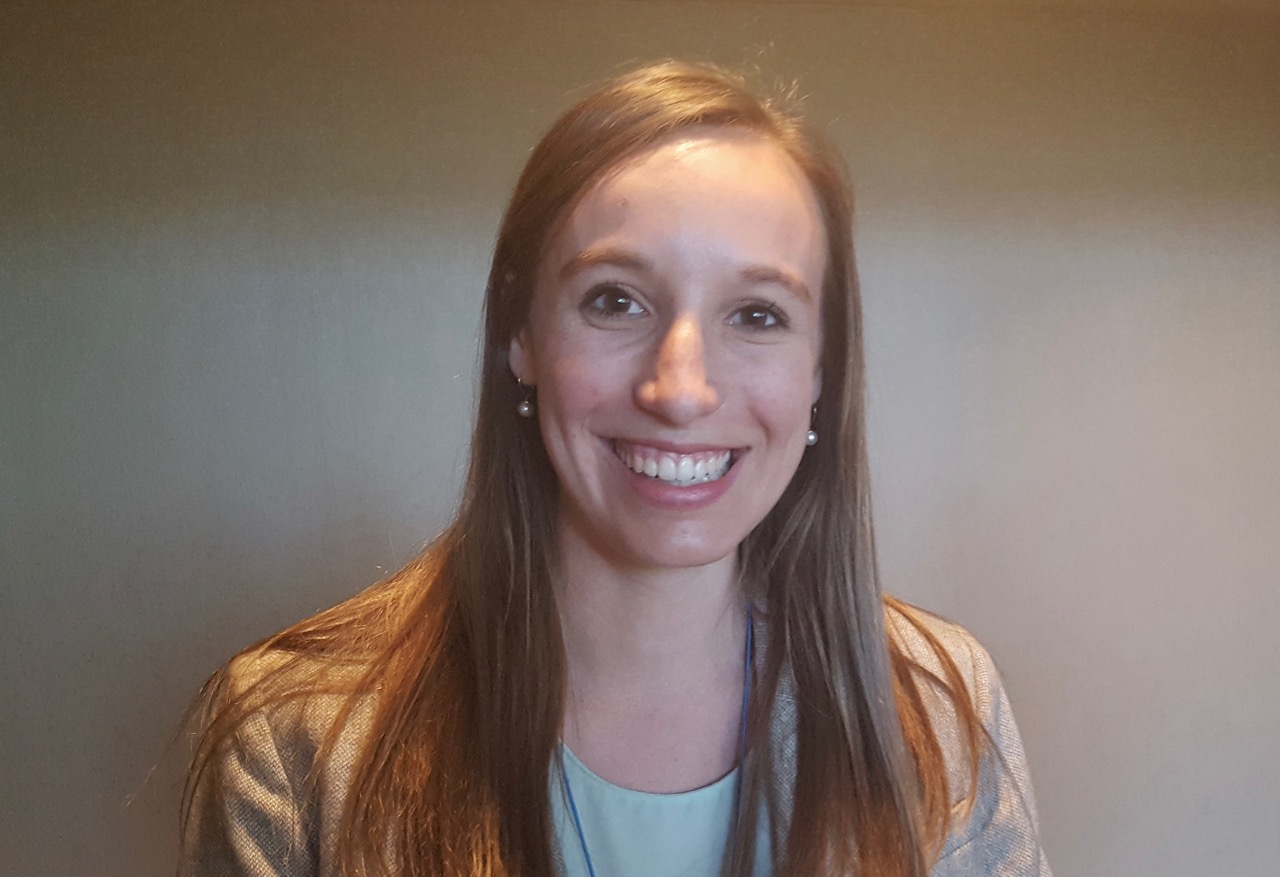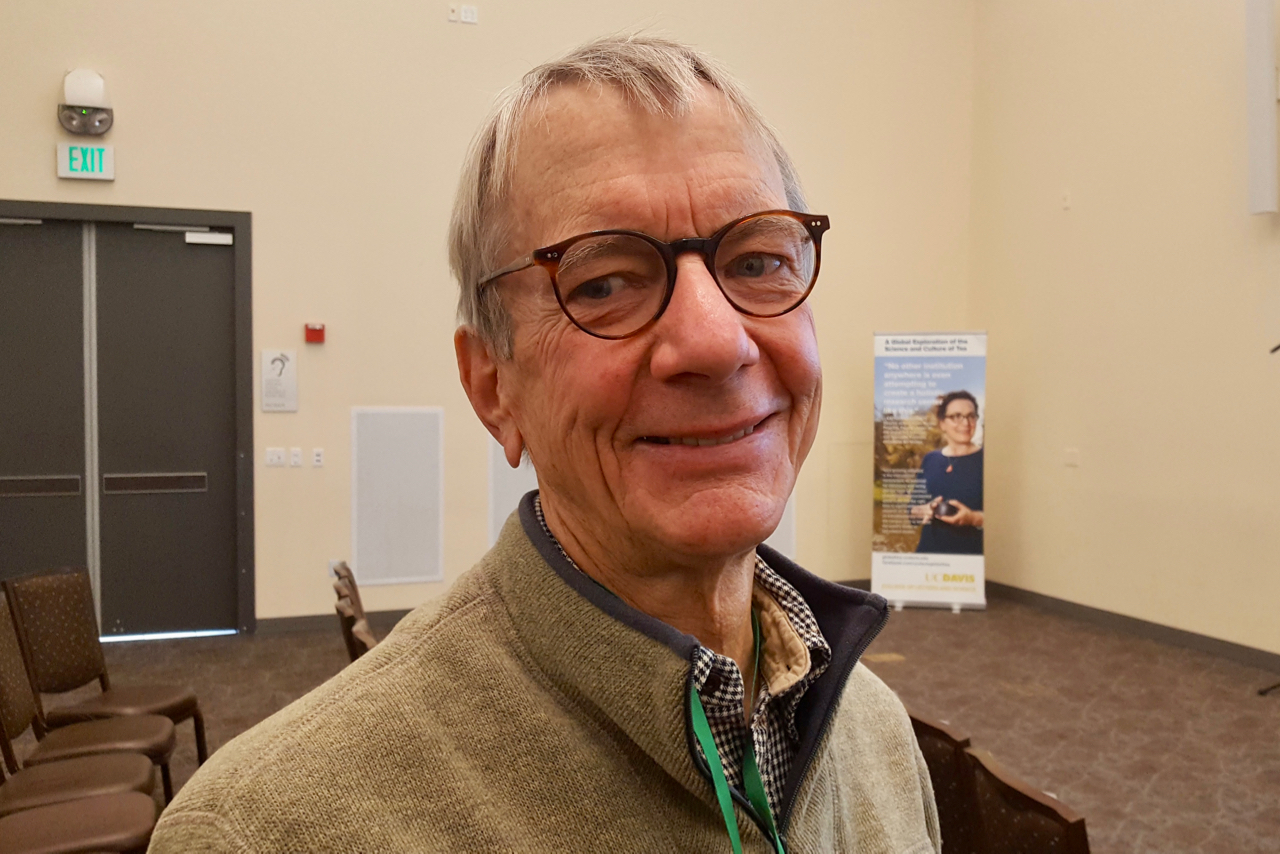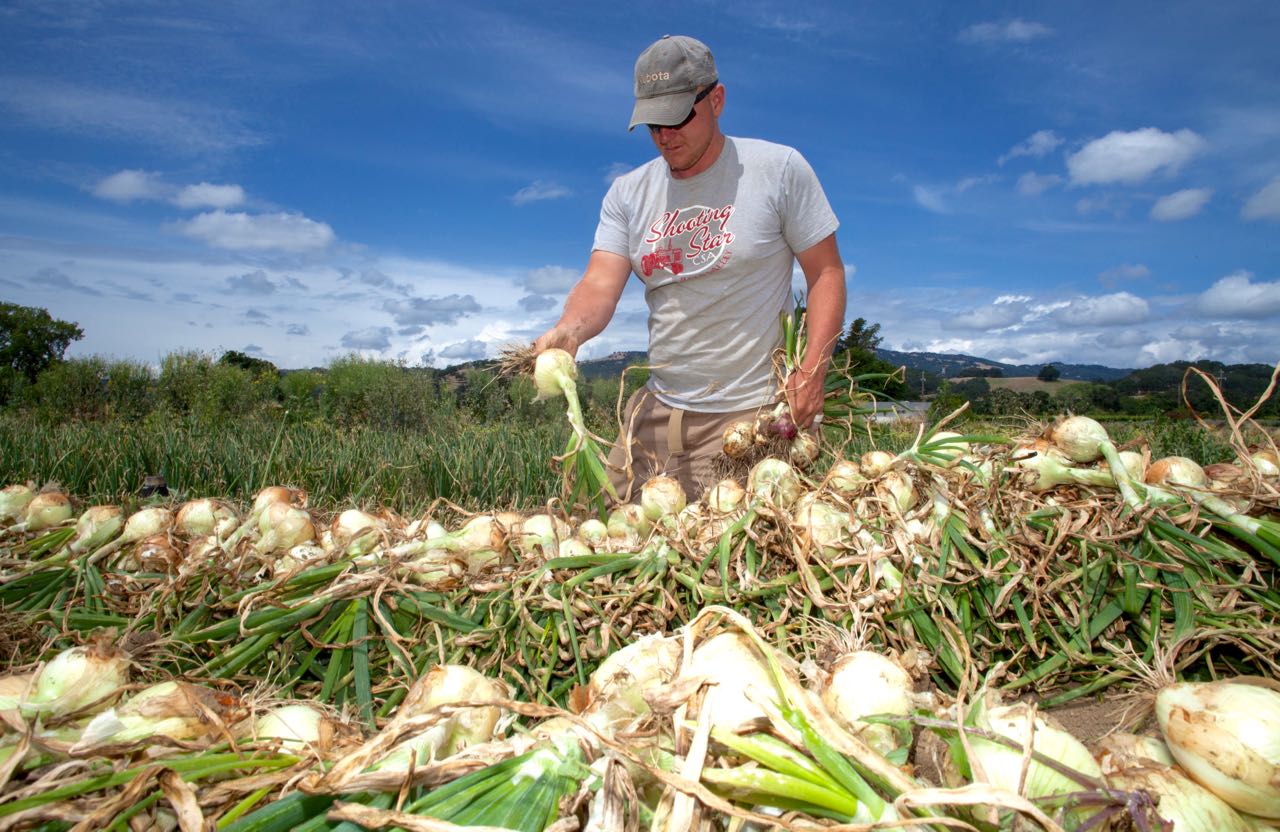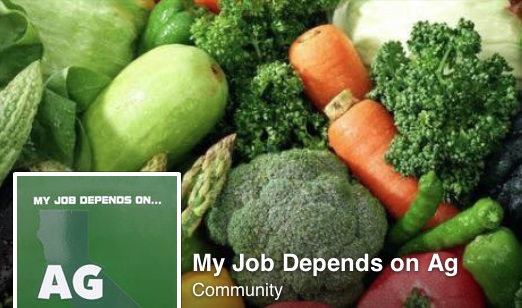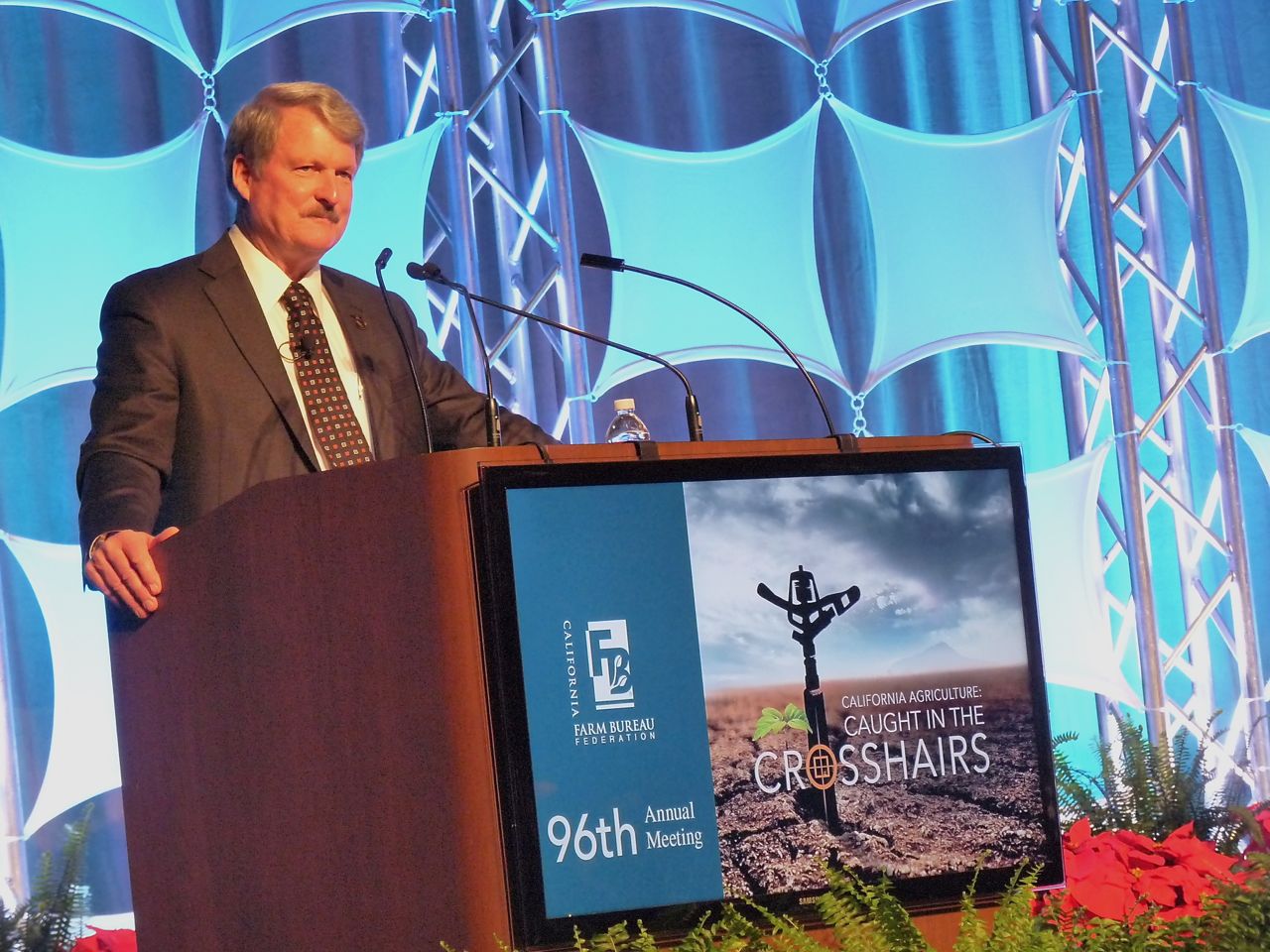Anna Gomes on Consumer Outreach
Tips on How to Speak to Consumers
By Patrick Cavanaugh, Editor
Anna Gomes is a senior at UC Davis studying Agricultural and Environmental Education, with a focus on plant and soil science. She spoke recently to California Ag Today about consumer outreach to the next generation regarding agriculture at the recent Bayer Crop Science Agvocate Forum. She also explained the plan to open up an Ugly Food Market in Sacramento.
Gomes said her background in agricultural education prepared her for consumer outreach.
“I had a really unique journey through my undergrad career. So as an Ag Education major, not only have I been focusing on communication, but a lot of it’s been focused on, “How do we take this hard science and actually convert it into something that’s understandable from a consumer’s point of view and their perspective?’ ” she said.
Gomes said agvocacy is something that she is working on.
“I’m really interested in the science and research behind moving agriculture forward, and I think there’s huge potential there, but how do we educate consumers about this research and about what’s going on to really make it impactful and make it actually practical in the ag industry?
“I think you can really start from their perspectives. What makes them interested in agriculture, and how are they connecting to it? Is it merely that they consumed food every single day?” Gomes said. “OK, start with that. What do you eat? Where does it come from? What do you know about it? It’s good to start with them and get to know them, instead of starting with you and getting to know them.”
The Ugly Food Market is something that Gome started at UC Davis, which aims to reduce food waste and eliminate food insecurity,
“It’s a startup through the UC Davis Graduate School of Management. We’ve been participating in entrepreneurial competition. We’ve pitched for seed funds, so wish us luck,” noted Gomes. “We want to start a physical marketplace in Sacramento, focused around food waste and food insecurity. We’re using shrinks from grocery stores, cull fruit from the farm, wholesalers and distributors, all in between the food chain.”

